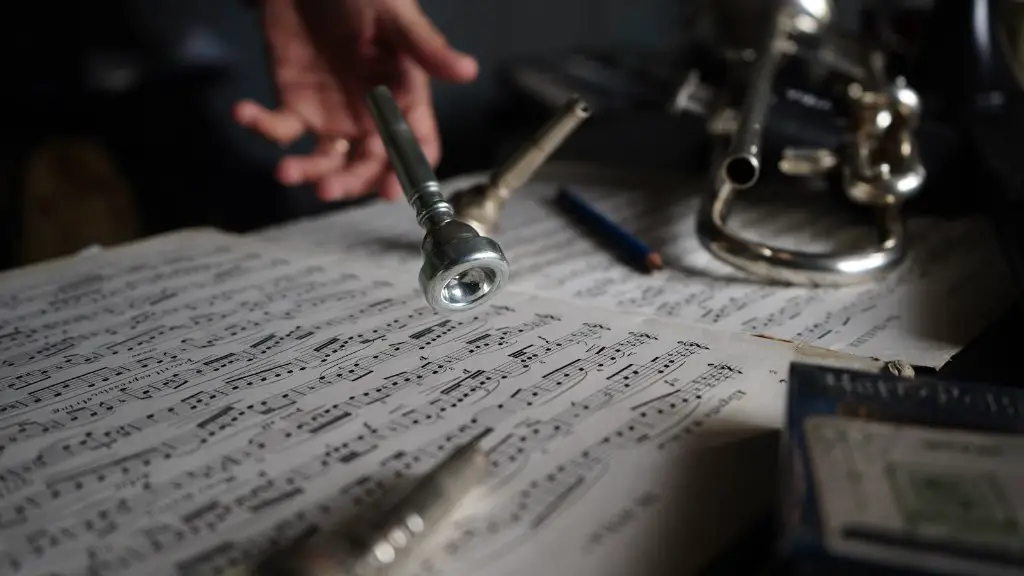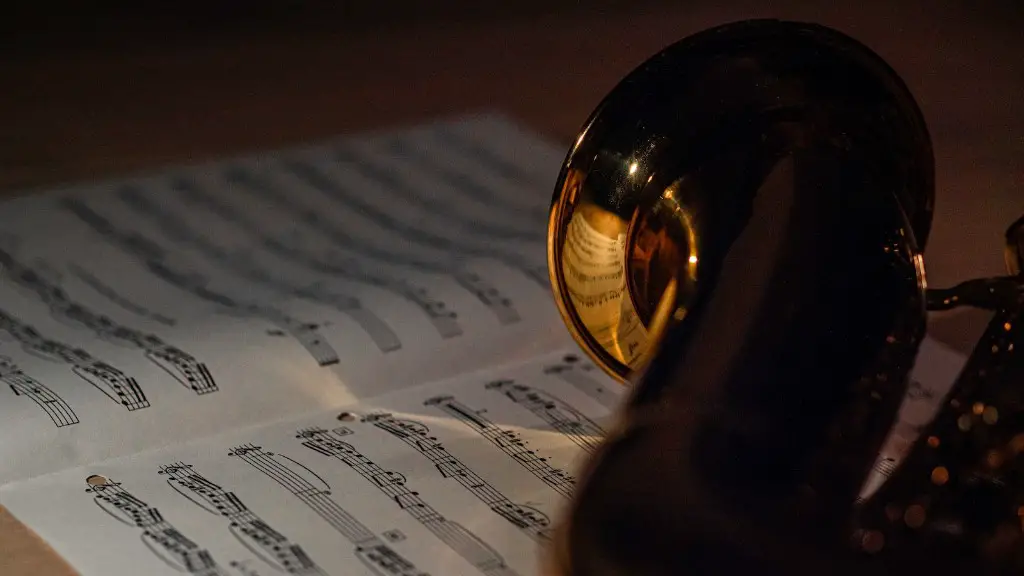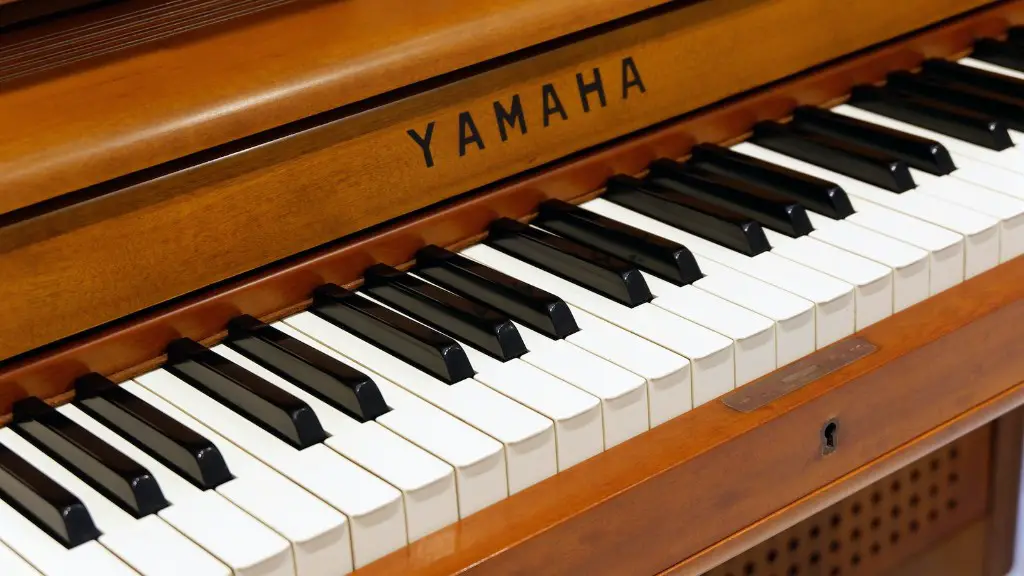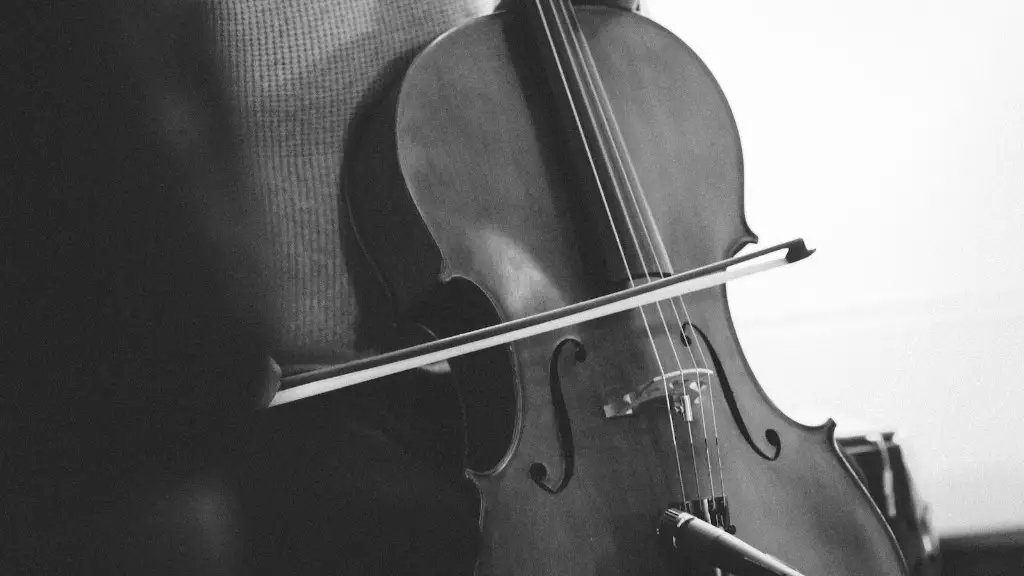Playing chords on the piano is an important part of learning to play songs.
Chords are basic building blocks of music and are essential for playing most songs. Knowing how to play chords on the piano is a skill that will help you in many areas of music, from composition to improvisation.
The first step in learning how to play chords on the piano is to familiarize yourself with the basic chord shapes. Once you know the basic shapes, you can start playing simple chord progressions. After that, you can learn more complex chords and progressions.
In addition, it’s important to understand how chords are used in different musical styles. This will help you create interesting and unique chord progressions for your own songs. Finally, practice makes perfect when it comes to playing chords on the piano, so be sure to practice regularly!
By following these steps and practicing regularly, you’ll soon be able to play any song with confidence and ease!
How To Master Basic Chord Voicings On Piano
Learning to play chords on the piano can be a great way to add depth and richness to your music. With basic chord voicings, you can easily create beautiful melodies and accompaniments for songs. You don’t need to be an expert pianist to get started, either; all you need is a basic understanding of the different types of chords and how they work together. For beginners, it’s best to start with triads, which are three-note chords made up of the root note, third and fifth. From there, you can move on to more complex voicings such as seventh chords or inversions.
Once you have a handle on triads, you can begin experimenting with different voicings. For example, instead of playing a root-position C major chord (C–E–G), try playing an inverted C major chord (E–G–C). This will give your chord a different sound and feel. You can also experiment with adding extensions such as ninths or thirteenths. These notes will add color and complexity to your chord voicings, giving them more depth.
In order to master basic chord voicings on piano, it’s important to practice regularly. Start by learning some simple songs in various keys and practice playing the chords with both hands. As you become more comfortable with the techniques involved in playing chords on the piano, you can start experimenting with
How To Apply Arpeggios And Inversions In A Chord Progression (How To Play Chords On Piano For Songs)
Playing chords on the piano is a great way to add texture, emotion and depth to a song. Arpeggios and inversions are two of the most common techniques used to create interesting chord progressions. An arpeggio is the playing of individual notes within a chord in sequence, while an inversion is the rearranging of those same notes. To apply arpeggios and inversions in a chord progression, start by selecting the chords you want to use. Then, play each of those chords as an arpeggio pattern, alternating between higher and lower octaves if desired. Finally, try inverting some of the chords for a different sound. By playing with different combinations of arpeggios and inversions, you can create beautiful and unique chord progressions.
To take your playing even further, consider using additional techniques such as substitutions or pedal points. Substitutions involve replacing one chord with another that has related harmonic qualities; pedal points require holding one note while changing other notes around it. With practice, you’ll be able to create complex and interesting chord progressions on the piano that will bring your songs to life!
How To Create Dynamics Using Strumming Patterns
Strumming patterns are an important component of chords in piano playing. They allow musicians to add dynamics and create musical interest. By varying the amount of strums, and using different techniques, you can create interesting and unique sounds.
The first step to creating your own strumming patterns is to determine the rhythm of the song. This will help you decide how many notes per beat you want to use, which will determine the type of strum pattern you should use. Once you have the rhythm established, practice alternating between two or three notes per beat. This will help create a more interesting sound.
You can also add dynamics to your playing by varying the velocity of your strums. Try playing with different levels of intensity in order to give your music a more dynamic feel. You can also experiment with accents; by hitting certain notes harder than others, you can create a sense of emphasis and movement in your music.
Using different types of strumming patterns, such as fingerpicking or flatpicking, can also have a great effect on how your chords sound. Fingerpicking adds texture and depth while flatpicking gives a more defined attack. Experimenting with different techniques is key in creating interesting chords for songs.
By combining these techniques together, it is possible to create dynamic and expressive chord progressions for songs on piano.
How To Accompany A Song With Voicing Techniques
Learning how to play chords on piano for songs can be a daunting task, especially if you’re just starting out. Voicing techniques are an important aspect of playing chords on the piano and can really take your accompaniment to the next level.
Voicing techniques involve playing multiple notes at once, which create a more complex and interesting sound than just playing single notes. You can use voicing techniques to create an arrangement that captures the full range of the song, as well as to add interest and texture to a basic accompaniment.
When learning how to play voicing techniques on the piano, it’s important to understand basic chord theory. You’ll need to have a good grasp of what notes make up different chords in order for your voicings to sound good. It’s also important to familiarize yourself with different voicings so that you can choose the best one for each song.
Once you have a good understanding of basic chord theory and different voicing techniques, you’ll be ready to start applying these concepts when playing your accompaniment on the piano. You can practice by picking out simple songs that you know well and experimenting with different voicings until you find one that suits the song best. With practice, you’ll soon be able to create beautiful arrangements using voicing techniques.
By focusing on learning how to play chords on piano for
How To Use Pedaling And Voicing Techniques Effectively
Playing chords on the piano for songs can be a great way to express your creativity. With pedaling and voicing techniques, you can add depth and emotion to your playing. Pedaling is the technique of using the sustain pedal to create a sustained sound while playing. Voicing is the technique of changing the tone and volume of each note in a chord. Both techniques are essential when creating an effective sound on the piano.
When using pedaling, it is important to use it sparingly and selectively. You want to find a balance between sustaining notes too long or not sustaining them long enough. If you play too many notes at once with the sustain pedal, it will muddy up the sound and make it difficult to hear individual notes. However, if you don’t use the sustain pedal enough, your chords will lack richness and depth.
Voicing is also an important part of playing chords on piano for songs. You want to create interest in each chord by changing up how individual notes are played. This can be done by varying which octave each note is played in or by adding subtle variations in dynamics like crescendos or decrescendos between each note in a chord. By experimenting with different voicings, you will be able to create unique textures that bring life to your songs.
By combining pedaling and voicing techniques effectively, you can create powerful musical statements with your chords on piano for songs. Practice listening carefully as you play, so
Understanding Left Hand and Right Hand Coordination for Piano
Playing chords on the piano can be a tricky endeavor, especially when you are attempting to coordinate both your left and right hands. To make it easier to play chords on the piano, there are two main techniques you can use. The first technique is called arpeggiating, which involves playing the notes of a chord one at a time in succession instead of all at once. This is a great way to practice playing chords since it helps you get used to the sound of each note in the chord and makes it easier to transition between chords. The second technique is called fingerpicking, which involves playing each note of a chord simultaneously with your left hand while using your right hand to pick individual notes from the chord. This technique can be more challenging but gives you more freedom when playing chords and makes it easier to add interesting textures and dynamics.
Using both of these techniques together can help you create beautiful music on the piano as you become more familiar with how your left and right hands should coordinate. With practice and patience, mastering chords on the piano will become second nature!
To Sum it All Up
Playing chords on piano is a great way to bring your music to life. It is a skill that takes practice and patience, but once mastered, can be used to create beautiful songs. Understanding the basics of chord progressions, chord inversions, and voicing will help you develop your own unique sound. Playing chords on the piano can be a fun and rewarding experience for both novice and experienced musicians alike. Start by practicing basic chords and progressions, then explore different voicings and inversions to create your own style.
With some practice, you will soon be able to play any song with ease. Playing chords on the piano is an enjoyable way to express yourself musically. So get out there and start playing!





